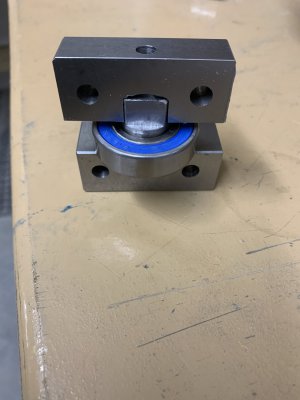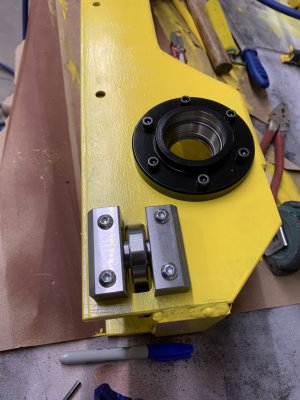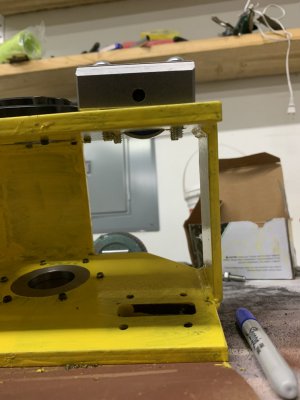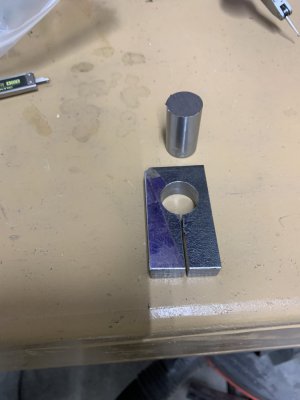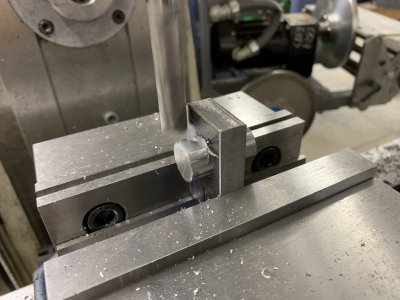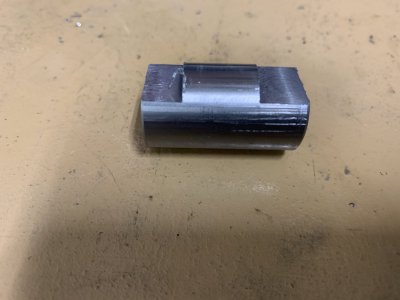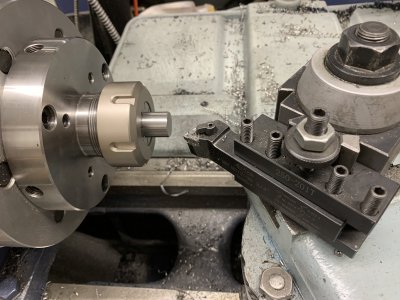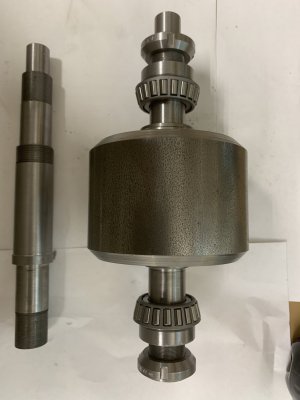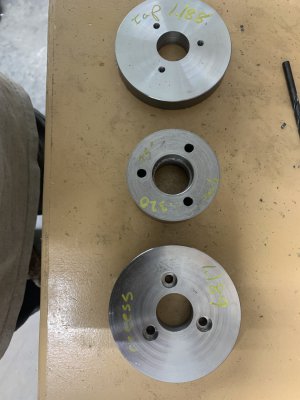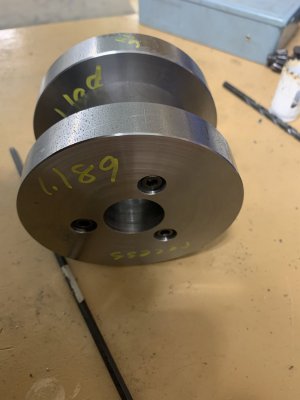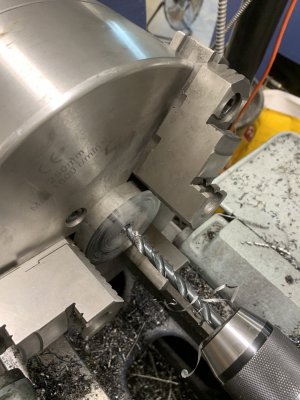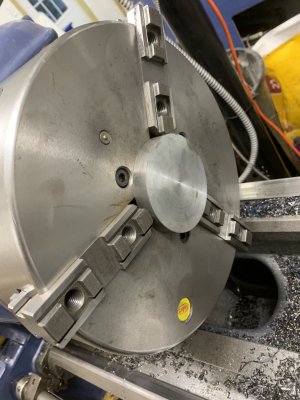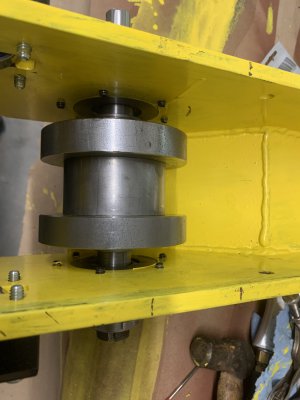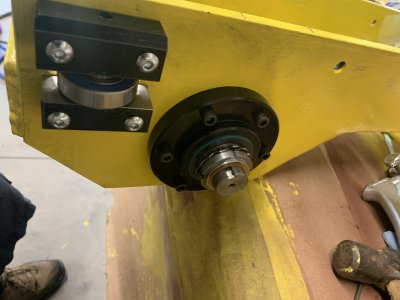- Joined
- Sep 28, 2013
- Messages
- 4,306
angle grinders are evil, I treat them as if they're trying to kill me even before I switch them on!
I was using this wire wheel/cup. The deceptive and thus dangerous thing is even at 6000 RPM (rated for 9000), the cup opens out, expanding the diameter, although when spinning it's not clear by how much until you are in contact with the grinding surface. I should have stopped and rethought everything as soon as I noticed that. I was instead caught up in the paddle switch on the new grinder. I'm accustom and prefer the side-mounted slide switches but those seem to have been eliminated, probably as a liability issue.where I used to work any time a wire wheel was used it was required to ware, leather apron, usually a welders jacket, goggles and a face shield.
The wires from those wheels are tiny missiles that penetrate everything.
Don't forget ear/hearing protection.where I used to work any time a wire wheel was used it was required to ware, leather apron, usually a welders jacket, goggles and a face shield.
The wires from those wheels are tiny missiles that penetrate everything.
Just curious, did you get "the look" from your better half? Sometimes that can be worse than the injury, ask me how I know!You'd think I would have had enough of medical issues after last week that I'd be more careful.
New angle grinder, with a new wire cup. Lots of little things, but things went south. Wire wheel sucked in my shirt, yanked the wheel instantly into my gut, stopped and tried to spin again. I sat there struggling to hold the damn thing away from me while the motor burned up.
I'll be adding a shop apron to my PPE for future angle grinder work.
Be careful out there
I've sutured her up a couple times. And I've had to deal with the dirty looks from other people when she gets a black eye from the horses. We had a mare that was nearly blind, so that she would startle when you walked close to her. Horse skull to the face is not pretty, she's had some nasty black eyes. Wife is very tender hearted and kept that mare past "safe". (Finally put that mare down this spring). But she knows it is a two way street and isn't going to cast stones.Just curious, did you get "the look" from your better half? Sometimes that can be worse than the injury, ask me how I know!
Bruce
